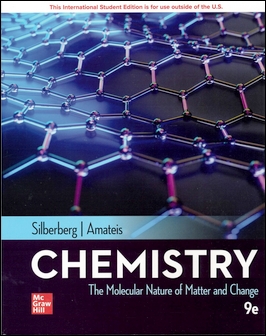書籍分類

Analysis, Synthesis and Design of Chemical Processes 4/e
作者:Turton, Bailie, Whiting, Shaeiwitz, Bhattacharyya
原價:NT$ 1,350
ISBN:9780132940290
版次:4
年份:2013
出版商:Pearson Education
版次:4
年份:2013
出版商:Pearson Education
內容介紹 本書特色 目錄
- Description
Process design is the focal point of chemical engineering practice: the creative activity through which engineers continuously improve facility operations to create products that enhance life. Effective chemical engineering design requires students to integrate a broad spectrum of knowledge and intellectual skills, so they can analyze both the big picture and minute details - and know when to focus on each. Through three previous editions, this book has established itself as the leading resource for students seeking to apply what they've learned in real-world, open-ended process problems. The authors help students hone and synthesize their design skills through expert coverage of preliminary equipment sizing, flowsheet optimization, economic evaluation, operation and control, simulation, and other key topics. This new Fourth Edition is extensively updated to reflect new technologies, simulation techniques, and process control strategies, and to include new pedagogical features including concise summaries and end-of-chapter lists of skills and knowledge.







